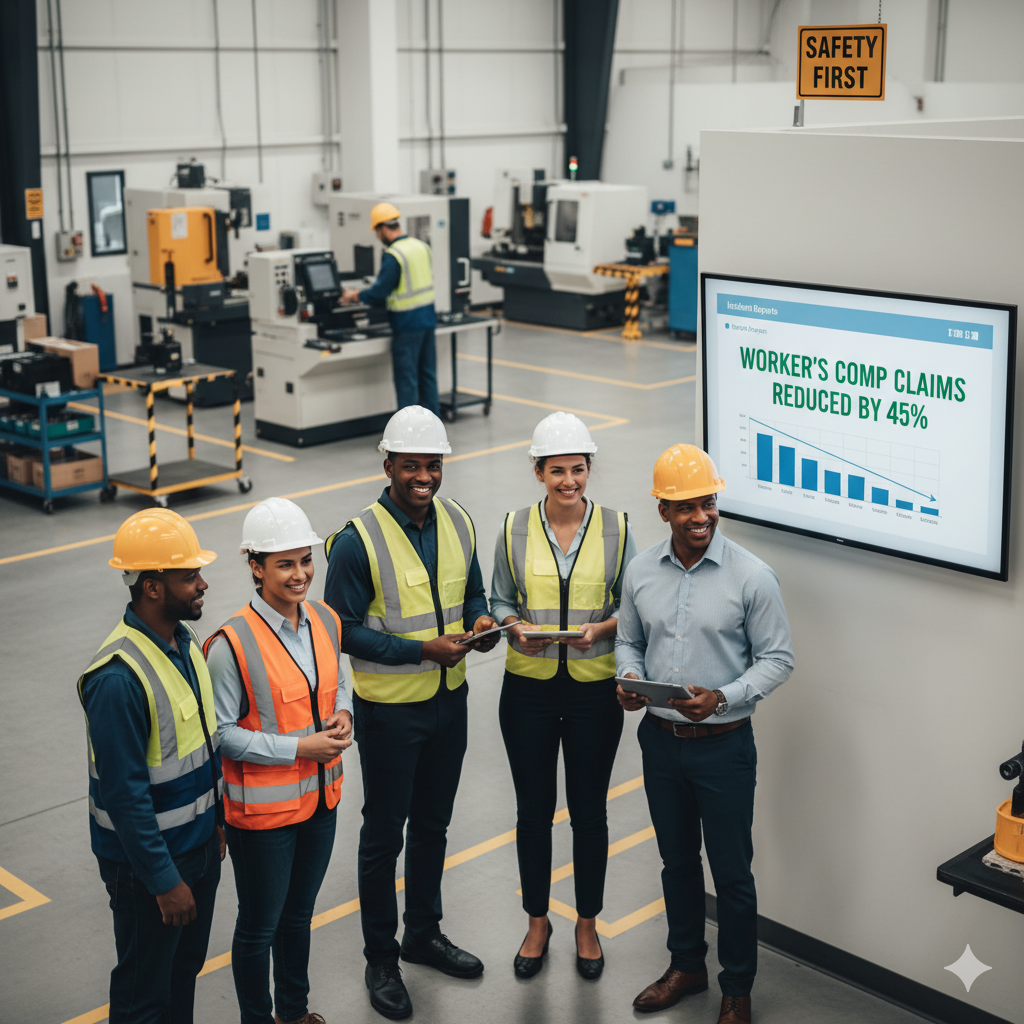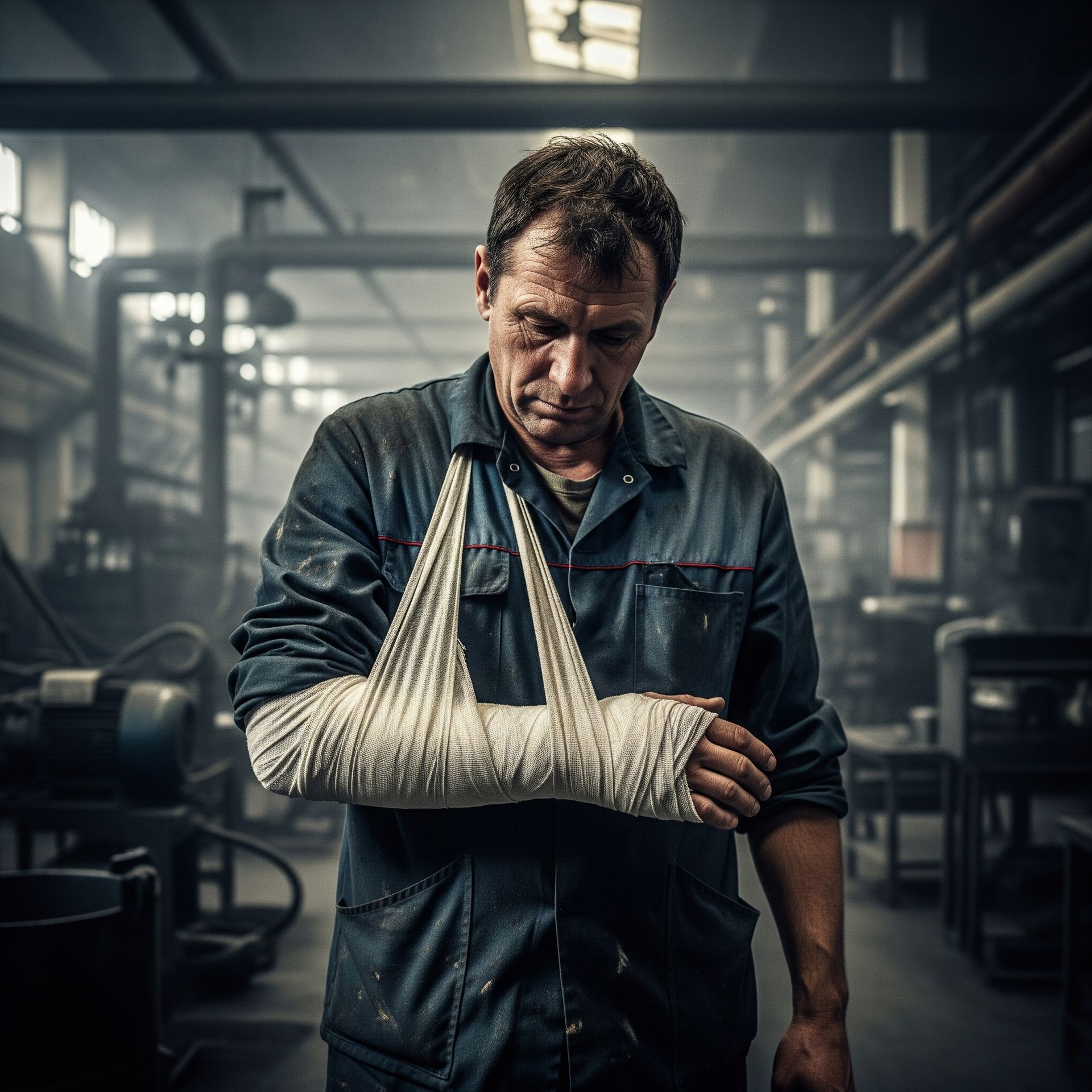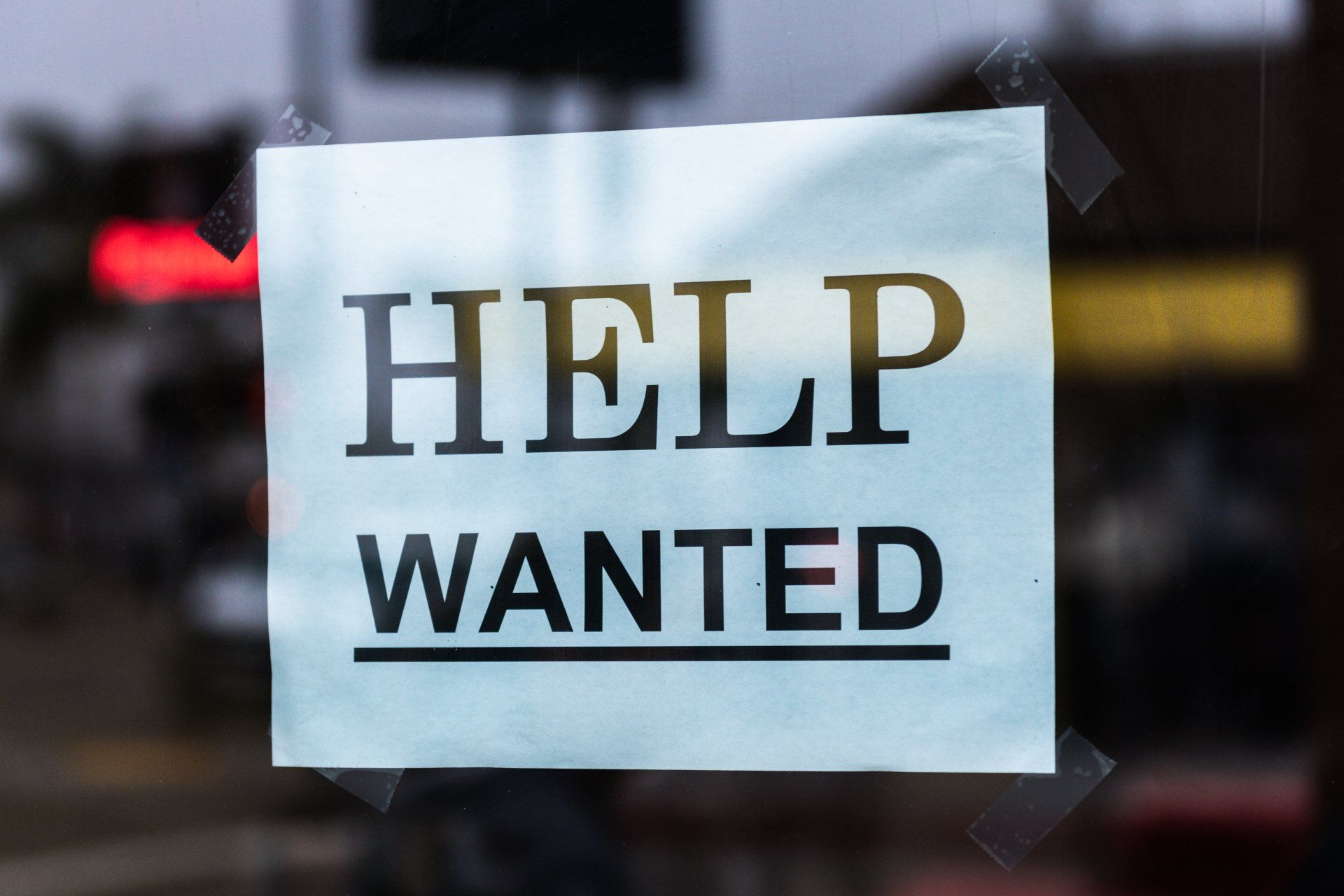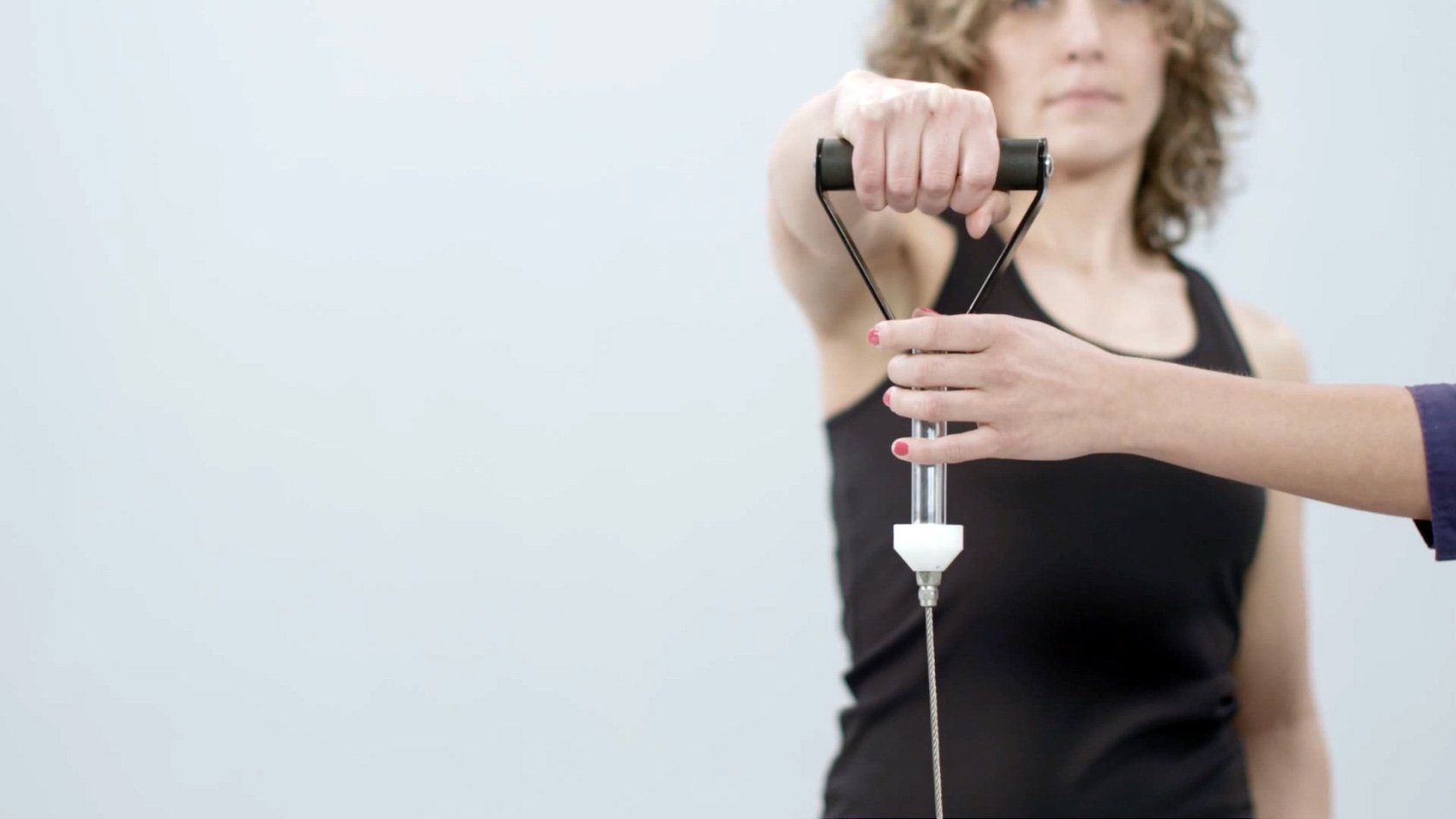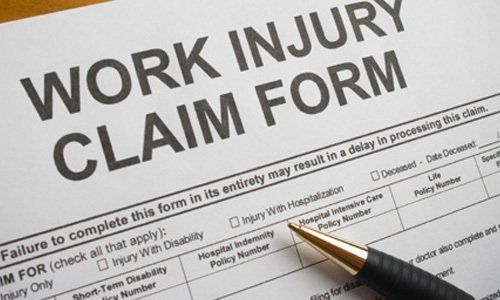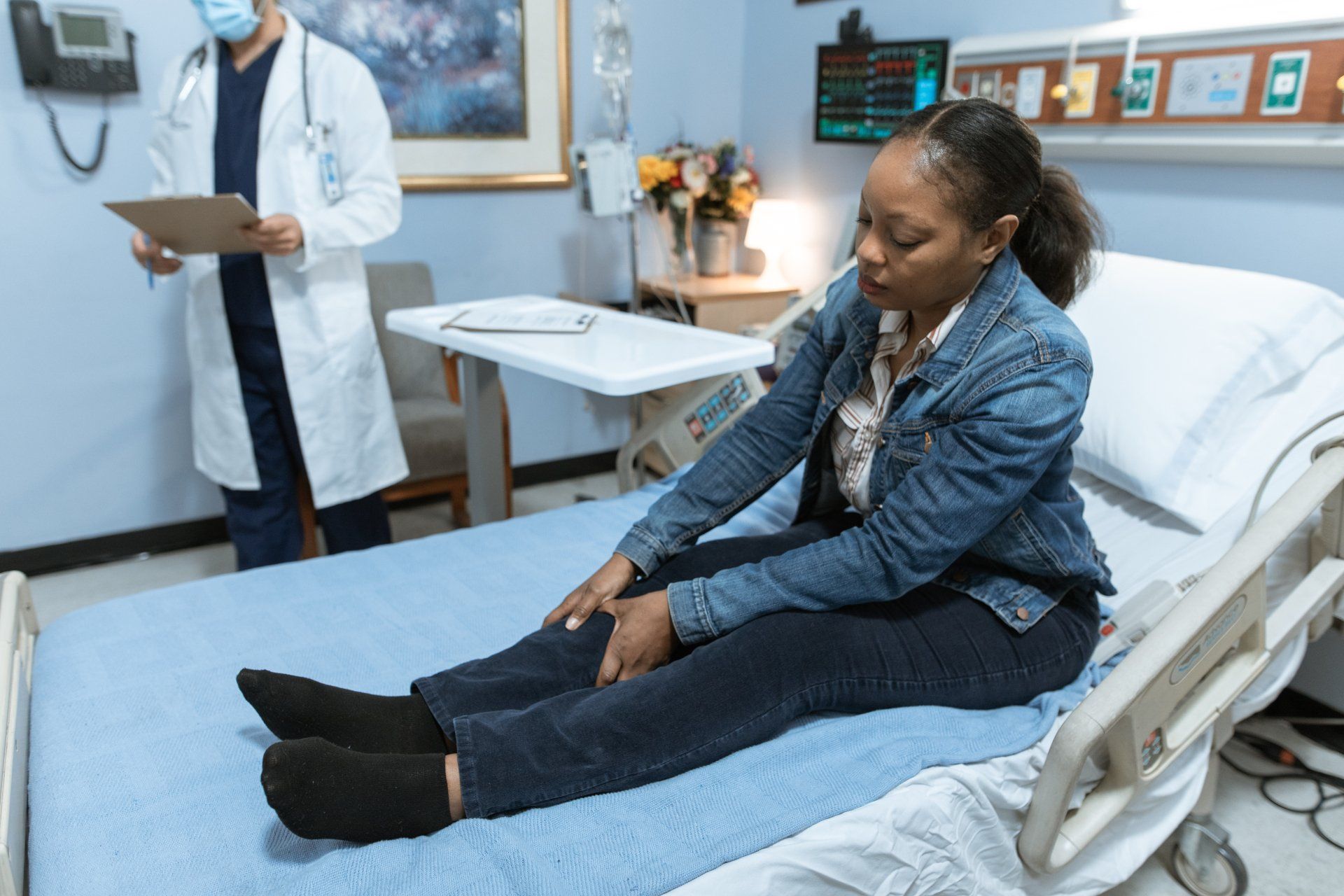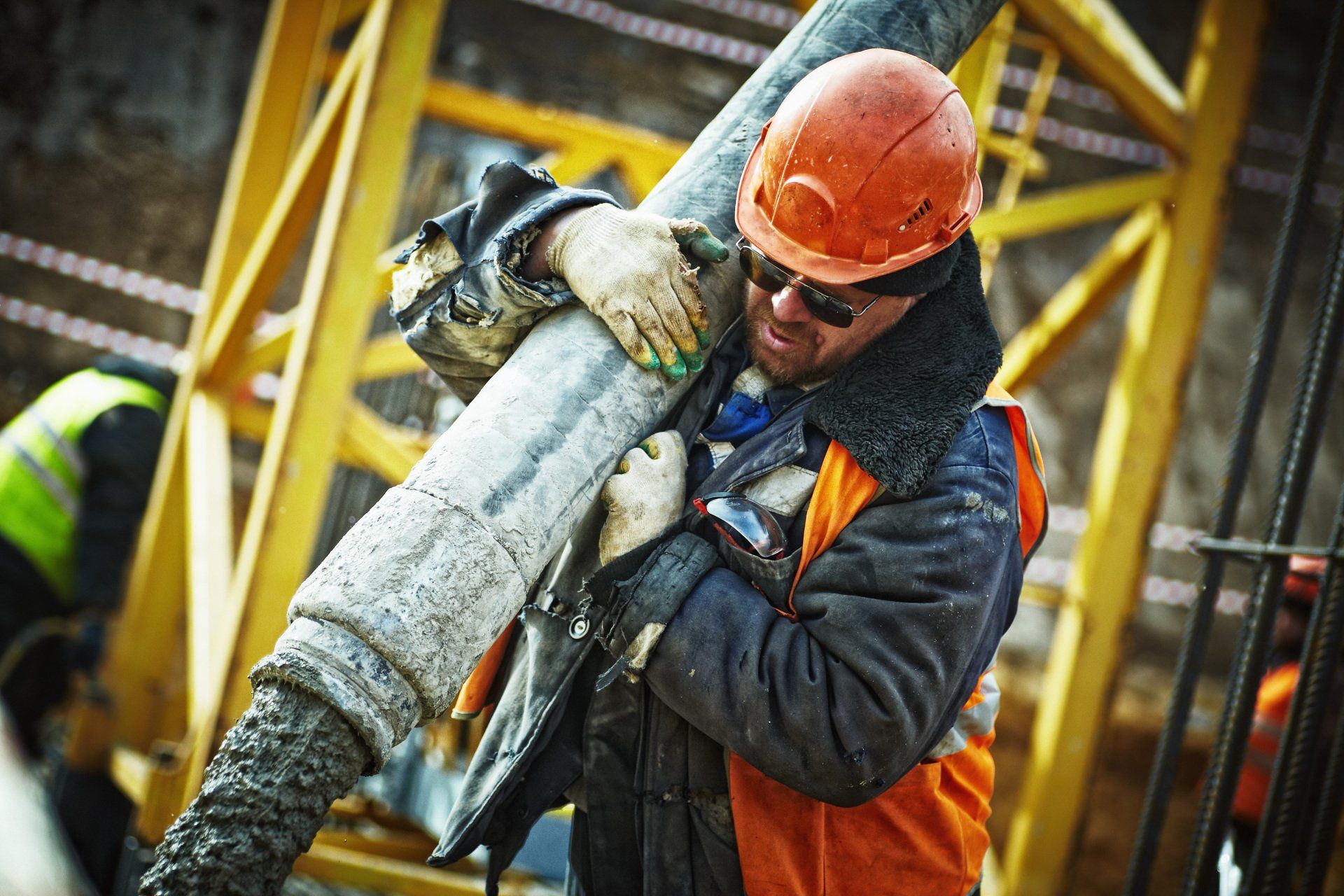4 of the Most Common Types of Workplace Safety Hazards
It's important to understand the specific types of workplace safety hazards so you can keep you and your employees as safe as possible!

Most every workplace is going to have some sort of safety hazard that will need to be mitigated by owners and managers. Whether you're working in a physically demanding industry such as construction or manufacturing, or you're working in an industry such as the medical field, different types of hazards are going to arise. Therefore, in order to control the risks of hazards and ensure the safety and well-being of both employers and employees, it's crucial to know the types of hazards present in different workplace environments in order to keep them at bay. In this article, we're going to break down the 4 types of workplace safety hazards so you will be better prepared to manage or eliminate them and prevent injuries, accidents, and downtime.
Let's get into it.
What Is A Hazard?
According to OSHA, "A hazard is the potential for harm (physical or mental). In practical terms, a hazard often is associated with a condition or activity that, if left uncontrolled, can result in an injury or illness. Identifying hazards and eliminating or controlling them as early as possible will help prevent injuries and illnesses" (osha.gov).
4 Types of Workplace Hazards:
Safety Hazards
Safety hazards are the most common type of hazard to watch out for. According to OSHA, safety hazards are ones that, "can cause immediate accidents and injuries. Examples are hot surfaces, broken ladders, and slippery floors. Safety hazards can result in burns, cuts, broken bones, electric shock or death" (Osha.gov). According to the National Safety Council, in 2016, 34,673 people in North America have died in falls at home and at work. Therefore, it's incredibly important to pay attention to these types of hazards and mitigate them whenever possible. Safety Line Worker defines safety hazards as the following:
-
Anything that can cause spills or trips such as cords running across the floor or ice
-
Anything that can cause falls such as working from heights, including ladders, scaffolds, roofs, or any elevated work area.
-
Unguarded and moving machinery parts that a worker can accidentally touch.
-
Electrical hazards like frayed cords, missing ground pins, and improper wiring
-
Confined spaces.
Biological & Chemical Hazards
OSHA defines biological and chemical hazards as "agents that can make you sick...and that can get into your body through the nose, mouth or skin to cause harm" (Osha.gov). And unfortunately, no single workplace is immune from biological and chemical hazards. Some examples of these types of hazards include blood and bodily fluids, mold, airborne pathogens including the common cold, and more. Because there's such a wide variety of these that can arise any moment, it's crucial that employers and safety managers keep an eye at these risks and encourage employees to stay home if they're sick and to notify employers if they see any of these hazards arise.
Physical workplace hazards are some of the most common types of hazards people think of when they consider workplace safety. The Physical Capacity Profile Testing System is designed to keep physical hazards at bay and make sure that employees and employers are safe. However, because physical hazards are one of the most common type of workplace safety issue, it's important to identify what can be considered physical hazards. According to OSHA, physical hazards are "factors within the environment that can harm the body without necessarily touching it.
Physical Hazards include:
- Radiation: including ionizing, non- ionizing (EMF’s, microwaves, radiowaves, etc.)
- High exposure to sunlight/ultraviolet rays
- Temperature extremes – hot and cold
- Constant loud noise
Ergonomic Hazards
Ergonomic hazards are another form of physical hazard that is important to watch out for. OSHA defines these hazards as, "Occurring when the type of work, body positions and working conditions put strain on your body. They are the hardest to spot since you don’t always, immediately notice the strain on your body or the harm that these hazards pose. Short- term exposure may result in 'sore muscles' the next day or in the days following exposure, but long-term exposure can result in serious long-term illnesses". Ergonomic hazards include:
- Improperly adjusted workstations and chairs
- Frequent lifting
- Poor posture
- Awkward movements, especially if they are repetitive
- Repeating the same movements over and over again
- Having to use too much force, especially if you have to do it frequently
- Vibration
In Conclusion
Once you've identified which hazards may arise in your workplace, it's important to focus on how to mitigate them. The Physical Capacity Profile Testing System is a one-of-a-kind testing system that's used by medical teams for post-offer or pre-employment physical exams, fit for duty, and functional capacity evaluations (FCE’s) conducted on behalf of employers. Companies who have used the PCP Testing System, have experienced the following:
- Up to 30% reduction in worker compensation injury rates
- 10-30%
reduction in worker compensation premiums
- Allowing your workforce to remain at 100% output
- Everyone wins
